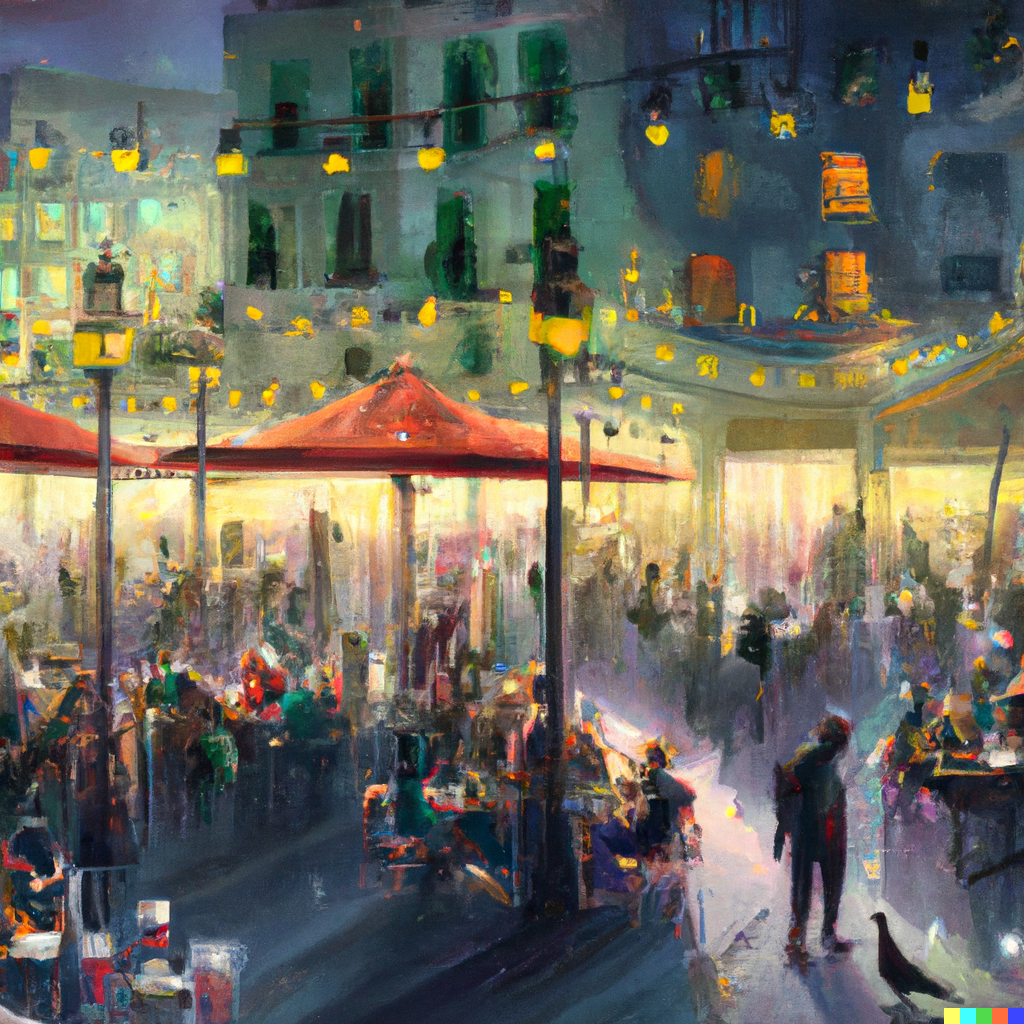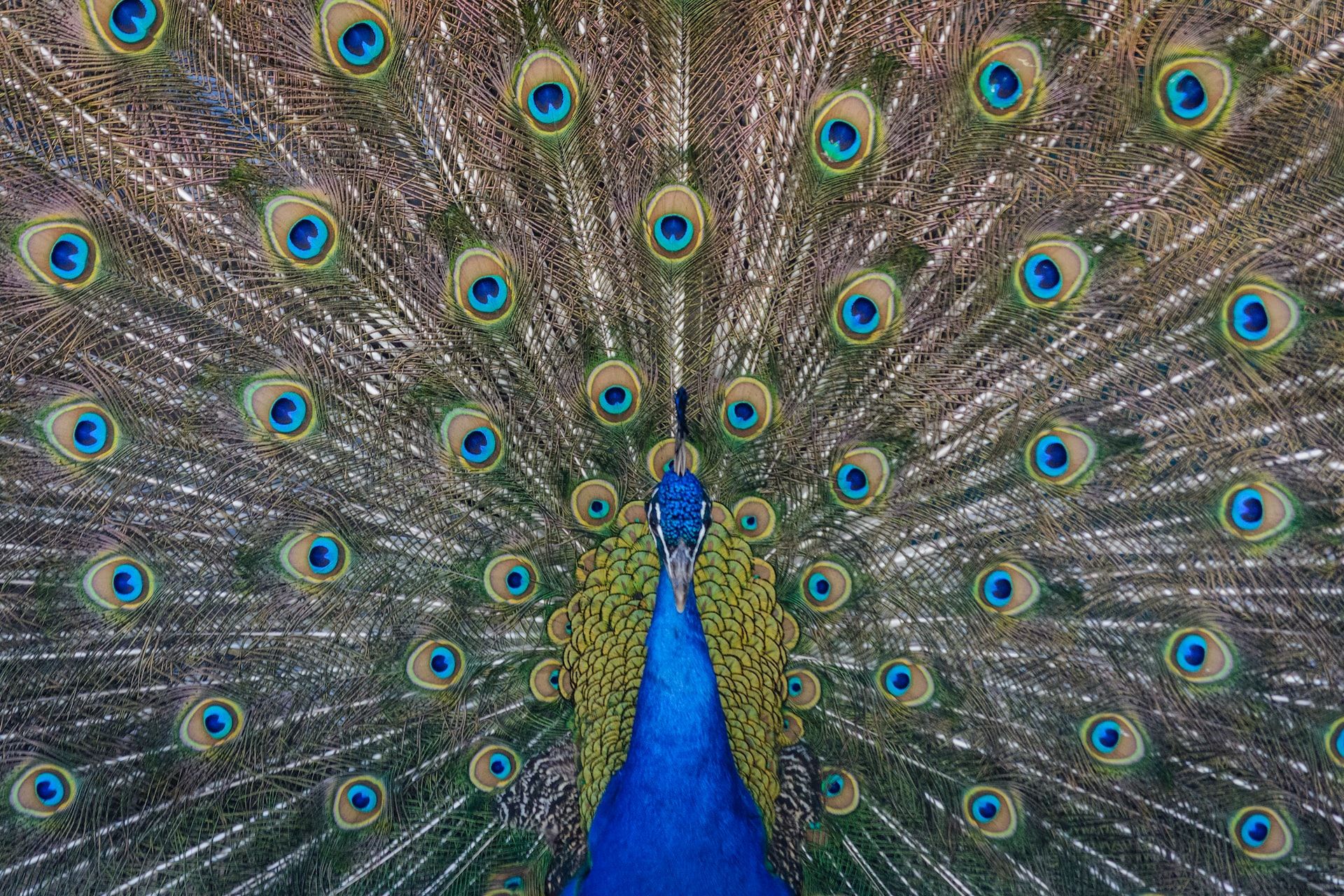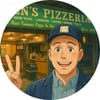Community: The Unfakeable Signal
Signals are everywhere. Some are more reliable than others.

The Language of Signals
I was driving down a winding, two-lane road when a sign caught my eye. Sitting atop a small market and cafe, the sign had a very particular retro vibe. What kind of restaurant would go out of its way to design a sign like this? Might that attention to detail also extend to the food? I hit the brakes and pulled into the parking lot to find out.
A restaurant—or any business for that matter—that takes an intentional approach to something like signage is engaging in what economists call signaling. Signaling solves a problem of asymmetric information: the restaurant knows more about its food (and what it's worth) than the consumer. How is the consumer supposed to know whether the meal is worth trying? Signals are the clues that help us decide.
The obvious problem with signals is that they can be faked. That's why, as economist Robin Hanson remarked in his book The Elephant In the Brain, "the best signals, the most honest ones, are expensive." More precisely, a reliable signal should require a lot of what it's trying to reflect. The classic biological example is a peacock's tail, which both requires and reflects a high degree of genetic fitness.

Software Signals
As much as I love finding new places to eat, it was productivity software that got me thinking about signaling. With certain productivity tools, you need to commit to using them extensively before you understand whether they fit your needs. With a note-taking app, for example, it's not enough to type one note. You might need to amass 20-30 notes to get a feel for how the app handles organization. But that kind of time commitment can't be given to every app, so users must rely on signals to narrow their consideration set.
Of all the potential signals of software quality, a thriving community of users is one of the most reliable. It would be extraordinarily hard to build an active community around a mediocre app. Community, in other words, is an unfakeable signal.
Case Study: Notion & Community-driven Signaling
Even if a community can't be faked, it can be cultivated and shaped into a more potent signal that fuels growth. A recent interview with Camille Ricketts on Lenny Rachitsky's podcast offered a practical window into how Notion did just that. Here are some of the key insights from Notion:
- The product had shareability: Notion had what Camille refers to as "the atomic unit of sharing": Something people could create with the product that they also want to share because it exhibits something about themselves (in Notion's case, templates). So Notion created a Template Gallery, which turned this nascent market into a more centralized and visible signal.
- Community was an early focus: The template example above exemplifies that while a community can't be faked into existence, it can be nurtured and amplified. Notion recognized this early and hired Ben Hunt, a super-fan and community leader to facilitate community engagement.
- Listening sessions helped shape investments: Early on, Ben spent a lot of time on Zoom sessions asking why people were motivated to participate in this community and how Notion could improve it. These conversations helped shape Notion's investments, including the creation of an Ambassador program.
- Growth-friendly paywall strategy: Camille suggests that if ubiquity or word-of-mouth is going to be valuable to your company over time, you should think carefully about how the product is monetized. Consider allowing features with sharing potential to remain free, so that they can become potent signals to fuel growth. "There's always opportunity later once you have that big tide of people who are not just excited, but also legitimizing what you do every day."
- Paid influencers also played a role: While direct payment wasn't part of the Ambassadors program that Camille discussed on Lenny's podcast, Notion also sponsored influencers on YouTube and TikTok. This program, which scaled to "hundreds, probably thousands," was mentioned by Ben in a webinar on Community-Led Growth. "It's been a really incredible channel for us to spread Notion virally," he said.
Of course, if Notion hadn't built a great product, none of their community building would have mattered. The product must come first. But when a community does form around a great product, signaling theory suggests that it can be nurtured into a uniquely valuable growth driver—one that is only available to a great product.
